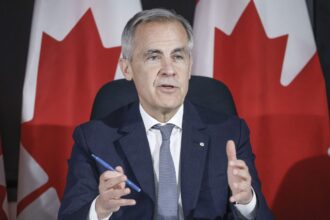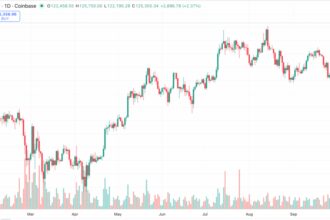The Bank of Canada’s recent interest rate cuts have sparked a notable surge in consumer spending across the country, even as broader economic indicators show signs of weakness. The 75-basis-point reduction since June has breathed new life into Canadian wallets, particularly benefiting big-ticket purchases that depend heavily on financing.
“We’re witnessing a psychological shift in consumer behavior,” says TD Economics Senior Economist James Marple. “The mere perception that borrowing costs will continue falling has convinced many Canadians to proceed with purchases they’d previously delayed.”
Data released this week reveals retail spending increased 1.2% in August compared to the previous month, with notable gains in automobile purchases (3.7%), furniture (2.5%), and home improvement materials (1.9%). These categories historically respond quickly to interest rate adjustments, as consumers become more willing to take on financing when monthly payments decrease.
The spending rebound comes despite a cooling labor market, with unemployment holding steady at 6.4% and job creation slowing significantly over the past quarter. This apparent contradiction highlights how monetary policy can temporarily override other economic fundamentals.
“The interest rate effect is giving consumers breathing room in their monthly budgets,” explains Maria Chen, consumer spending analyst at RBC Capital Markets. “When a mortgage renewal comes in $300-$400 lower than expected, that money often flows directly back into the economy through discretionary purchases.”
The spending boost extends beyond traditional retail. Services including restaurants (up 2.1%), travel bookings (up 3.8%), and entertainment venues (up 1.5%) have all reported stronger-than-expected revenues in recent months. This pattern suggests the psychological relief from lower interest rates affects broad spending behaviors rather than just financing-dependent purchases.
However, economists remain cautious about the sustainability of this consumption surge. TD Economics’ latest forecast suggests household spending will moderate by early 2024 as employment concerns and high household debt levels eventually counteract the positive interest rate effects.
“We’re in the sweet spot right now where consumers are feeling the benefit of lower borrowing costs without yet experiencing the full impact of economic slowdown,” notes Marple. “But this window may be relatively short-lived.”
For retailers and service providers, the current environment presents a critical opportunity to capitalize on consumer willingness to spend. Many businesses are accelerating holiday season promotions and offering additional financing options to extend the current spending momentum through year-end.
The Bank of Canada appears poised to continue its easing cycle, with markets pricing in additional rate cuts at upcoming meetings in October and December. This trajectory would push the overnight rate toward 3.5% by early 2024, providing further stimulus for consumer spending.
The consumer spending resilience represents a rare bright spot in an otherwise challenging economic picture. Will household expenditures continue driving economic activity as other sectors weaken, or is this merely a temporary reprieve before broader economic forces take hold? For now, Canadians appear intent on making the most of their improved financial breathing room.
For more insights on Canada’s economic landscape, visit CO24 Business or track the latest developments at CO24 Breaking News.














